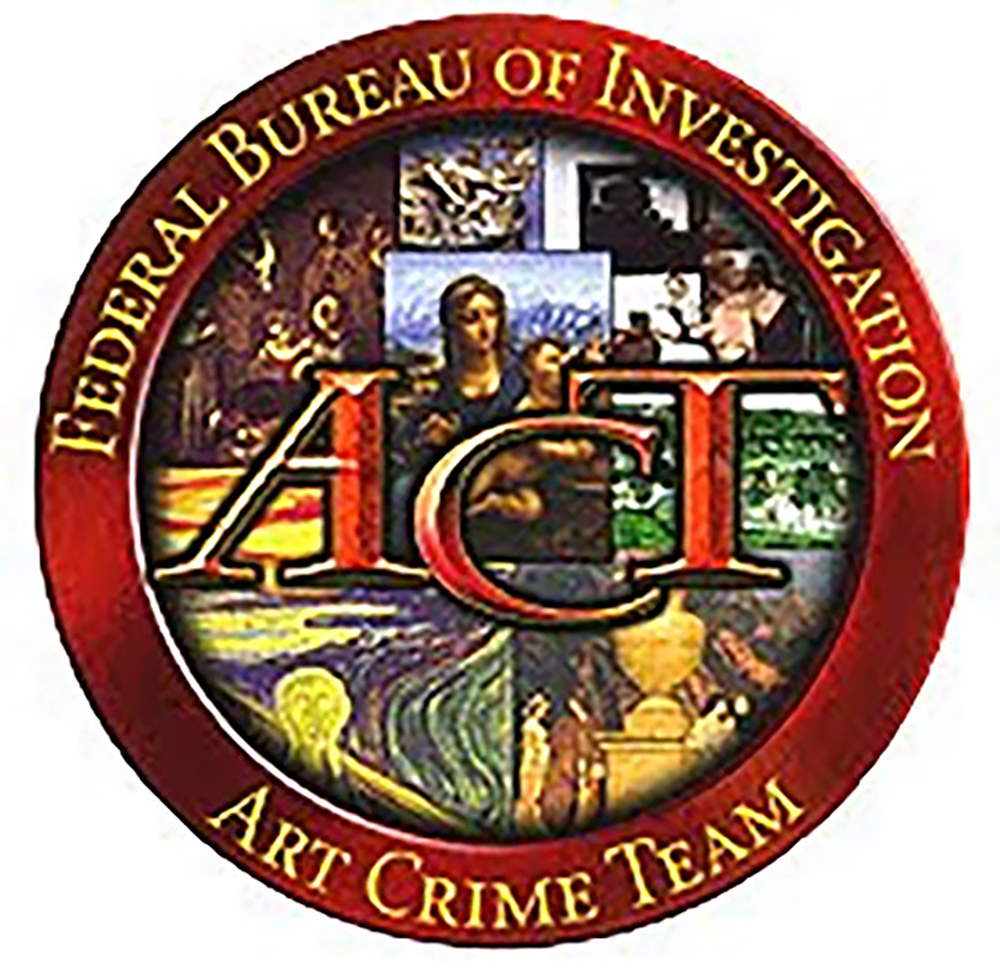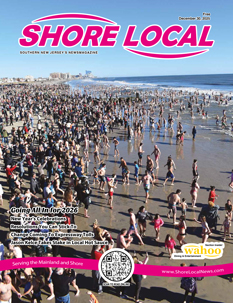By William Kelly
While Richard Somers’ historic exploits in Tripoli have been well documented and retold in books, murals and plays, the story of the Somers-Washington ring is not as well known.
Richard Somers was born in 1778 at his father’s tavern at Shore and Bethel roads in Somers Point. When he reached school age, Richard Somers was sent to Philadelphia to live with his sister Sarah Somers Keen, and attended the Philadelphia Free Academy (now the Episcopal Academy).
At school, under headmaster John Barry, who wrote the first copyrighted spelling book, Somers met schoolmate Stephen Decatur and they became friends.
Coincidentally there was another John Barry in Somers’ life. Both John Barrys were born in Ireland, but the second one was a naval officer.
During the Revolution, Barry the naval officer distinguished himself, capturing many British ships along the Delaware River.
After the Revolution newly-elected President George Washington appointed Barry the first officer of the new U.S. Navy and captain of his flagship, a new large frigate, the USS United States.
For his midshipmen, young officers in training to be ship commanders, Barry chose Richard Somers and Stephen Decatur whom he knew to be sons of Revolutionary War sea captains.

In 1798 the USS United States sailed to Chester, Pa., where George Washington came aboard, had dinner with the officers and stayed the night. That is when it is believed Washigton gave Midshipman Richard Somers a dark blue and white enamel ring with 13 pearls and a glass locket which was believed to contain a lock of Washington’s hair.
Washington received a 15-gun salute when he left the next morning, and Somers was sent to the Mediterranean aboard the brig USS Boston, to fight the Barbary pirates.
The pirates’ lawless actions were disrupting commerce and making safe passage for ships nearly impossible.
Somers and Decatur were later given their own ships, the schooners Nautilus and Enterprise, and sent off to fight pirates.
Before he left, however, Somers gave the Washington ring to his sister Sarah for safe keeping.
At Tripoli, then part of the Ottoman Empire, the USS Philadelphia, a large frigate was attempting to block the harbor full of Barbary pirates, but ran aground and was captured by the pirates. Its captain, William Bainbridge, surrendered his crew and ship without a fight.
En route to Tripoli, Decatur crossed paths with a pirate ship, and upon boarding it, discovered a sword that belonged to an officer from the Philadelphia. He took the pirate ship and rechristened it the USS Intrepid.
When they got to Tripoli, Decatur and his crew dressed as pirates and sailed the Intrepid into Tripoli harbor, recaptured and scuttled the Philadelphia and escaped with no casualties.
Not to be outdone by his friend Decatur, Somers refitted the Intrepid as a fireship loaded with explosives, and with a dozen men, including two other officers: Lt. Joseph Israel. and Lt. Henry Wadsworth, of the famous Wadsworth-Longfellow Family of New England, they sailed back into Tripoli harbor.
The plan was to have the Intrepid sail into the anchored pirate fleet, light a fuse and escape in two rowboats, but something went terribly wrong and on Sept. 4, 1804 the ship exploded in the middle of the harbor.
The next day the bodies of the 13 crewmen washed ashore, were retrieved and buried under the castle walls by Bainbridge and the American prisoners, who witnessed both the sinking of their ship and the explosion of the Intrepid.
With the death of Richard Somers, his sister Sarah’s husband, an attorney, handled the estate, which included much of Somers Point, and the Washington ring, which Sarah inherited.
When Sarah died she was buried in a plot next to the New York Avenue schoolhouse where there is a monument today. Her niece Sophie Leaming of Upper Township, inherited the ring.
Eventually her grandson Edmund Leaming, inherited the ring and in 1926 he loaned it to the Pennsylvania Historical Society to be put on public display.
When Edmund died the ring was obtained by the Atwater-Kent Museum in Philadelphia, where it was kept in storage.
When the Pennsylvania Historical Society took an inventory of items they discovered that many were missing, including the Somers-Washington ring. The FBI’s Art Theft unit was brought in to investigate.
They discovered that a night janitor had been selling items to a private collector who had taken some of the musium items to an antique show where other collectors recognized them as being museum pieces.
When the FBI raided the collector’s apartment they found it full of the stolen museum pieces, some, like the Somers-Washington ring being priceless.
Both were sentenced to four years in prison and the stolen items returned to the museum, where the ring remains in storage today.
Just as there have been numerous attempts to obtain the remains of Richard Somers and his men from “the shores of Tripioli,” the attempts by the Somers and Leaming families to have the Somers-Washington ring rightfully returned to the family have not succeeded, at least so far.
The hope is for the family to regain possession of the ring, return it to Somers Point and have it put on public display at a secure location, such as the Atlantic County Historical Society.










